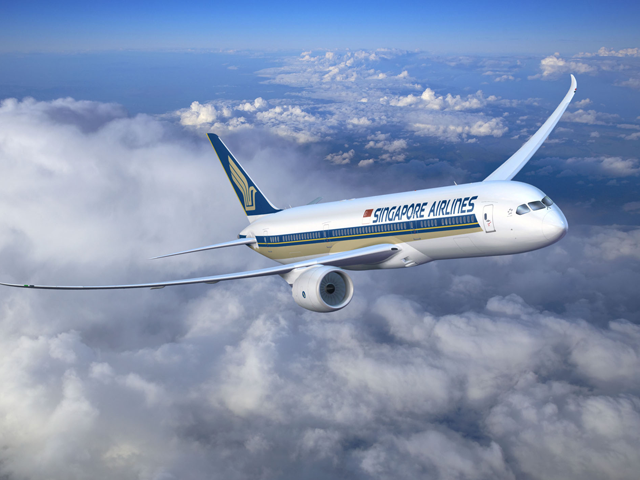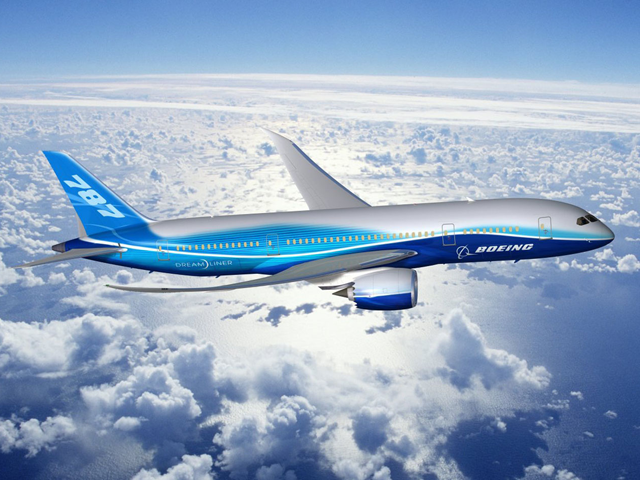
Steven P. Canning said he heard the fatal plane crash that occurred near his home on East River Street around 6 p.m. Saturday.
"I was with a buddy of mine and my son in my electrical shop behind my house," said Mr. Canning. "I heard him gun the engine, then a huge crash. I said, 'A plane just crashed,' and we ran right out."
He and his friend Eddie Verheyen, from Athol, ran outside to his truck. They met up with friend Hans Harris from Petersham, who was on his way to the crash, too.
They ran into the woods with flashlights, looking for the downed plane.
The twin engine Cessna 310F, manufactured in 1960, was about 900 feet from the runway at Orange Municipal Airport. It was upside down in a shallow running brook on private property, its landing gear resting about 100 feet from the plane.
Officials said the pilot had taken off from Keene, N.H., about 4 p.m. for a "local flight." It was doing a touch-and-go landing, in which a plane lands on the runway and takes off again without taxiing, when it crashed just outside a fence on the boundary of the airport off Shingle Brook Road, Federal Aviation Authority spokesman Peter C. Knudson said last night.
Mr. Canning and his friends found pilot Steven T. Fay, 56, of Hillsborough, N.H., yelling for his daughter, Jessica L. Fay, 35, a passenger in the twin engine Cessna 310F, when it crashed.
"He was yelling his daughter’s name,” said Mr. Canning. "We asked him how many people were in the plane, and he said, ‘Just two. Just two.’ He was bleeding from his head. He was in shock and crying.”
It was dark and they all started searching for his daughter, said Mr. Canning.
After several minutes, Mr. Harris found Ms. Fay’s feet, Mr. Canning said.
"I ran down into the water to get her out," he said. "I was able to pull her head up out of the water and hold her up by her shoulders. She wasn’t conscious. I supported her with my leg.”
Mr. Canning said Ms. Fay had been ejected from the plane and was pinned under a tree and branches held down on top of her by the weight of the plane’s tail.
"My buddy tried pulling the tree off her, but there was one big branch we couldn’t get off her," he said. “She was pinned under the branches."
While Mr. Canning continued to support her with his leg Mr. Fay administered CPR on his daughter for about three minutes until a police officer arrived and took over, Mr. Canning said. An EMT later pronounced her dead at the crash site.
"It just happened so fast," he said, still obviously emotional around 2 p.m. yesterday. "I just wish we could have saved her. I'm a pilot, too. I would want someone to do the same for me."
Mr. Fay was taken to UMass Memorial Medical Center — University Campus in Worcester. A nursing supervisor said he was discharged yesterday.
His plane was based at Dillant-Hopkins Airport in Keene.
Authorities yesterday morning were searching for parts to the plane to help piece together the cause of the crash. Mr. Knudson said investigators would review any evidence at the scene that was "perishable" and planned to move the wreckage to a secure indoor facility for a closer examination.
Mr. Knudson said the plane appeared to have "impacted trees," and both wings separated from the fuselage, which landed upside down.
According to the FAA's aircraft tail number database, the Cessna is owned by Mr. Fay.
State police said the plane was approaching the airport in a north-to-south direction when it went out of control and crashed upside down in a shallow marsh. Authorities were focusing on whether its landing gear struck nearby trees during its approach, causing the plane to go out of control, state police said.
Assistant Airport Manager John G. Vanbobo said the height of trees in the area of the crash may have been a factor. "If the FAA determines the treetops are penetrating the airspace they may determine they need to be removed," he said. "The homeowner owns right up to the fence. If the trees are in line with the main approach (to the airport), there is legal recourse for that."
State police said the airport is open from 9 a.m. to 5 p.m., but pilots can activate runway lights themselves and are allowed to land after normal hours.
The crash was the second in the town since August. A Cessna 172 Skyhawk airplane crashed into the woods about 9:15 p.m. Aug.10, roughly 20 minutes after a worker at Orange Airport finished fueling the aircraft. The crash killed the pilot and a passenger.
And last month a Spencer man was killed Dec. 22 at an airport that he owned in Spencer.
Gregg E. Andrews, 50, of 204 Paxton Road, Spencer, was flying a single-engine Piper that apparently clipped the tops of trees as he was approaching the runway. The FAA is continuing to investigate that crash, as well.
In 2010, eight people died in aircraft crashes in the Bay State. Mr. Knudson said sometimes there is a crop of crashes in an area, though the incidents usually are not related. The investigation into the crashes usually yields a preliminary report in about 10 days and a full report in 12 months.
Read more>>





 3:39 AM
3:39 AM
 Charles dickens
,
Charles dickens
,



